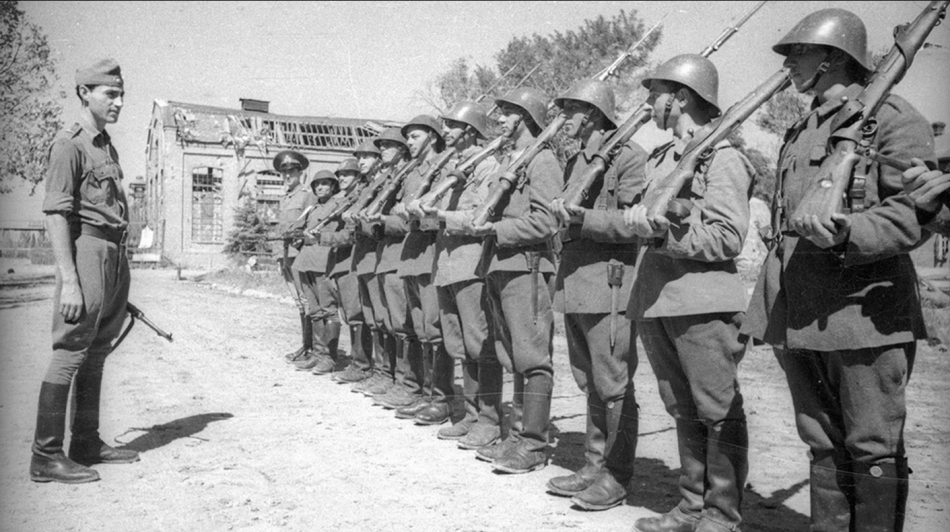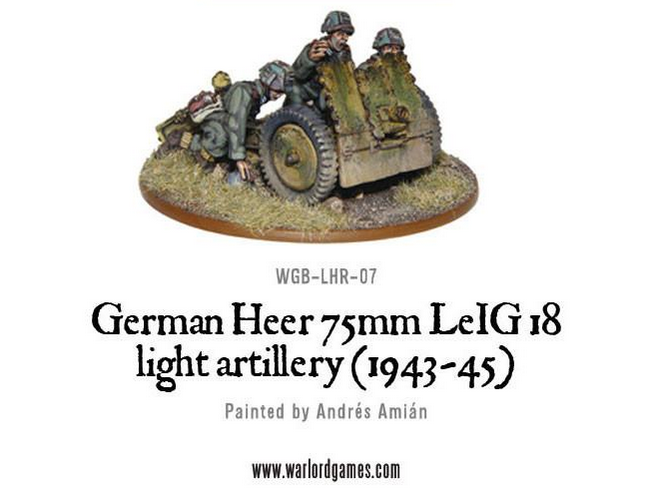Starting a Romanian Army for Bolt Action
By Kreighton Long
As one project ends, or ends as much as any army building project for our hobby can, another begins to take shape. After building Bolt Action armies for Germans (Heer, Waffen SS, Fallschirmjager, Grossdeutschland Panzergrenadiers), Soviets (hordes of khaki), and the United States (29th Infantry Division and 101st Airborne Infantry) I started looking at a fresh new army.
I decided to take a look at the minor Axis powers. Building a minor Axis power would add some interesting flavor in my local meta which heavily emphasizes the major powers and would provide myself with a new challenge.
The first step was to pick up the book and look through the minor Axis powers with available lists.
The factions covered in the Armies of Italy and the Axis book include Italy, Finland, Bulgaria, Hungary, and Romania. Each faction has it’s own appeal and I dream of one day building an army for all factions but I needed to narrow down my choices for my first minor power. I mentally developed a three part criteria to help me pick: local meta, history, and aesthetic.
The first criteria, local meta, focuses on what players in my area typically field as I wanted to field something new and unique for my local meta that isn’t as common. The second criteria, history, encouraged me to do some preliminary research to see which army would be the most versatile for historically themed games and would be interesting to research. The third criteria, aesthetic (or rule-of-cool), will force me to consider how aesthetically pleasing my future army can look. A second part of aesthetic is originality. I’ve painted a crazy amount of Germans during my time as a painter so armies that relied heavily on German or Germanesque equipment lost points (I’m looking at you Hungary).

After running each of the five armies through my criteria I decided to go with Romanians. In my local meta I’ve seen Italians, Hungarians, and Finns so those three were less appealing. History-wise, the Romanians contributed the fourth most troops to the Axis cause after Germany, Japan, and Italy and second most to the Axis cause on the Eastern Front. The Romanians took part in the war from Operation Barbarossa up through the end of the war, switching sides during the summer of 1944.
The turn-coat history gives me the opportunity to realistically throw my Romanians against Soviets from any point in the war or against late-war Germans or Hungarians. I deemed that respectable versatility to validate the cash and time investment. Additionally, I knew almost nothing about the Romanian contribution to World War Two at this point in the project.
In fact, when I came across the size of the Romanian contribution I hopped out of my recliner and went and told my wife because I was so surprised. She was not as enthusiastic about that discovery as I was but she’s learned how to feign interest over the years to encourage my geekiness. Finally we come to aesthetic. The Romanian infantry of World War Two aren’t as flashy as other armies but they do have distinctive helmets that are unlike the other World War Two helmets I’m familiar with. The Romanian also used a wide variety or foreign made weapons and vehicles so the pool of potential kits to purchase, paint, and play with is substantial. During my early research I came across an anecdote that Romanian infantry sometimes wore yellow-armbands to help differentiate them from the similarly khaki clad Soviets. A little green-stuff can go a long way here to make my infantry a tad more unique with that detail.
The Romanians in Bolt Action lack the unit variety of the Italians, the crafty veterans of the Finns, and the big cats of the Hungarians. Looking at their unit choices, nothing immediately jumps off the pages. The Romanians have two army special rules. The first, Axis Support, allows a Romanian player to supplement their list with a German unit (some restrictions apply). The second, French Artillery Doctrine, allows a Romanian player to add one free inexperienced or regular anti-tank gun or artillery piece to their list. Now while no individual unit or unit type grabbed my attention, these two rules combined to get me scheming.
I decided to build my initial Romanian list with three light howitzers — one organic to the general reinforced list, one free piece, and one on loan from the Germans. Light artillery can be man-handled onto and around the table so no need for tows which is something the Romanians are lacking in anyways. Add some infantry squads to protect the guns or execute the attack, a sniper, a medium mortar, and a Stug III in the vehicle slot and I should have a semi-respectable list that isn’t terribly historically inaccurate. Several StuG IIIs and some outdated Panzers were given to the Romanians to help bolster their typically understrength and undergunned armored forces. For improved historical accuracy the StuG III can be subbed out for a TACAM T-60 or TACAM R-2. With an outline for my Romanian list it was time to start window shopping for appropriate miniatures.
Company B’s 7.5cm by Great EscapeI was able to find two manufacturers for 28mm Romanians — and . I found the Tsuba miniatures at . The Great Escape line has greater variety and army bundles but the Tsuba line looks like superior sculpts. The classic quantity versus quality debate ensued. After spending some time comparing the two options, and often dragging my geeky friends into the discussion, I decided to go with Tsuba for the majority of my army supplemented with a few support weapon packs from Great Escape that aren’t available from Tsuba. The unique helmet design of the Romanian army poses a challenge for converting non-Romanian models which I hope to address in a future article.
The Romanian army utilized a variety of artillery pieces but failed to field heavy guns anywhere close to the numbers put up by Germany or the Soviet Union, much to the anguish of the supported Romanian infantry. Therefore my light artillery cheesiness makes some sense historically speaking. I won’t get into all the historically accurate options here but I can provide a good starting point. Keeping in mind that I wanted light artillery options for my Romanians I focused my search on 75mm howitzers. Great Escape Miniatures provides a with Romanian crew with summer and winter uniform options.
This gun appears to be the most common light artillery piece utilized by the Romanian army during the war and would fill the organic artillery slot in my Romanian army list. To reflect the relative hodge-podge nature of Romanian heavy equipment I decided to add an imported piece to my Romanian artillery arsenal for the French Artillery Doctrine army special rule. The Romanians utilized French style 75mm guns of World War One vintage. Warlord Games produces two suitable 75mm guns — one with pneumatic tires and the other with .
Warlord’s 75mm Spoked Wheel designThe spoked wheels are of the older variant and would be more fitting for the Romanian army of World War Two so I chose that version. A number of secondary sources (, , and ) corroborate this weapons use by the Romanians so I feel confident adding it to my list. For my third light artillery piece, this one taken with the Axis Support army special rule, I needed a loaned German light artillery piece. Warlord has both an and version of their light howitzer. I chose the late-war option so that when not supporting my Romanians, this German artillery piece could support my late-war Grossdeutschland force.

Armored fighting vehicles were not a strong suit of the Romanian army during World War Two. During the early war period, the Romanians fielded primarily Czech and French tank designed most notably the Renault FT and Renault R-35 tanks. In 1942 the Germans provided ten Panzer IIIs and ten Panzer IVs but nearly all of these vehicles were lost before or during the Battle of Stalingrad.
The Romanians also made use of the by-then obsolete Panzer 38(t)s. By the summer of 1944 the Romanian 1st Armored Division had been rebuilt after heavy losses in the preceding year with Panzer IVs, StuG IIIs, TACAMs, and even some German armored cars. The meager Romanian armored units contributed to several key engagements during the war on the eastern front but never had the large-scale success of their German or Soviet contemporaries.
Over the next couple weeks I plan on assembling the first wave of my Romanian army, testing out my paint scheme, and getting a couple squads ready for the gaming table. I’ll also put together a painting tutorial on how I paint my Romanians once I finalize the scheme.
